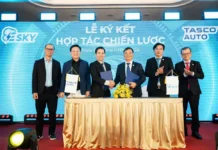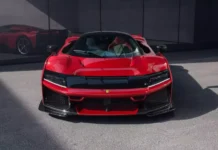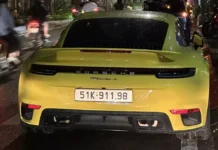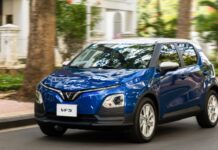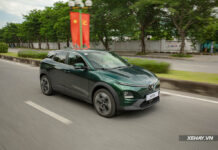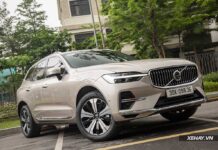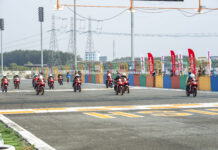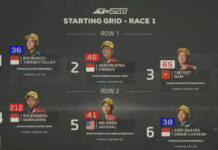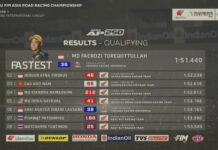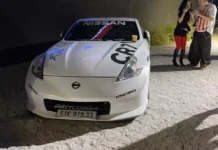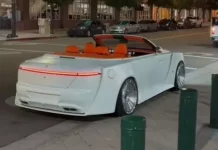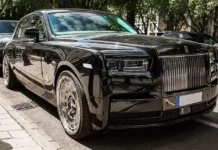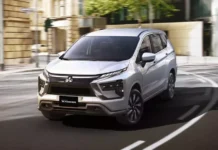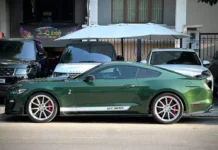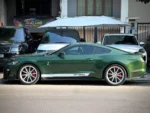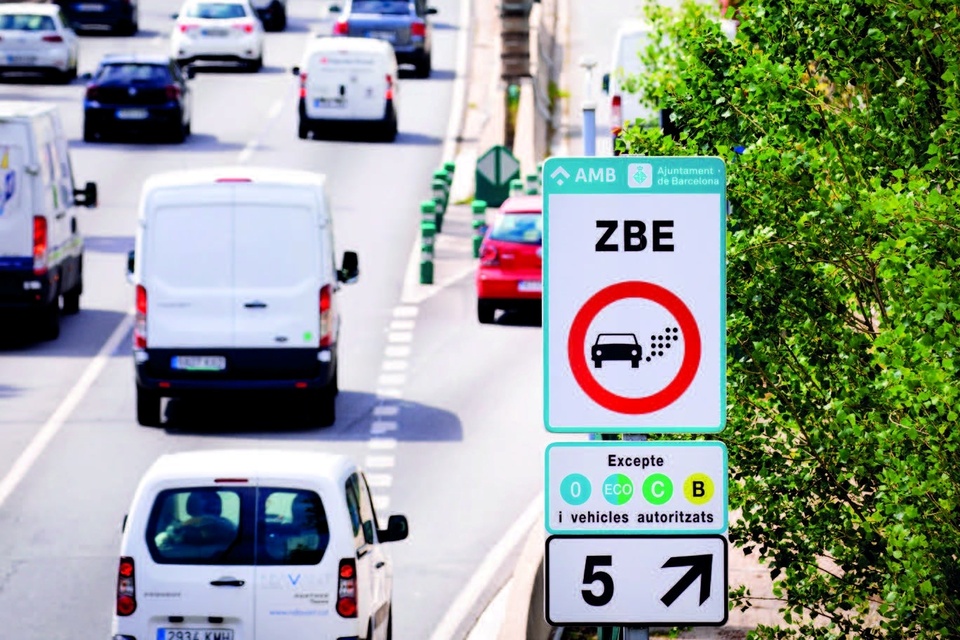
|
|
Sign indicating the start of the LEZ in Barcelona, Spain. Photo: AMB. |
Controlling and reducing traffic emissions in urban areas is a global effort to improve environmental quality. Countries like the US, UK, France, China, India, and Singapore are implementing various solutions to reduce traffic emissions in metropolitan areas.
Low Emission Zone Planning
Low Emission Zones (LEZ) and Ultra Low Emission Zones (ULEZ) are concepts that have become increasingly familiar in recent years.
In the UK, the government recently expanded the ULEZ area across London and its vicinity from 2024. Cars and light commercial vehicles that do not meet Euro 4 (for petrol vehicles) or Euro 6 (for diesel vehicles) standards must pay a daily charge of £12.50 (approx. $15.63) to enter this ULEZ.
|
|
|
UK implements Ultra Low Emission Zone in London and surrounding areas. Photo: The Guardians. |
In Paris, France, the LEZ currently bans the circulation of diesel vehicles that do not meet Euro 4 standards. According to the Council on Clean Transportation, only pure electric or fuel-cell electric vehicles (FCEVs) will be allowed to circulate in Paris’s LEZ by 2030.
After fine particulate matter (PM2.5) levels reached an average of 101.56 mg/m3 in 2013, Beijing, China, also urgently developed an LEZ plan for the city.
According to ICLEI, Beijing’s LEZ currently restricts the circulation of old and highly polluting vehicles in the city center. The city also combines regular vehicle emission inspections to reduce urban pollution.
Congestion Charging
One effective solution implemented by many city governments is congestion charging.
For example, New York City started charging a $9 fee for each private car entering Manhattan during peak hours.
According to Reuters, this move reduced traffic in the city center by about 5.8 million vehicles and improved traffic flow.
|
|
|
New York City implements congestion charging for vehicles entering the central area. Photo: Reuters. |
Since 1975, Singapore has implemented the Area Licensing Scheme (ALS), and in 1998, it was upgraded to the Electronic Road Pricing (ERP) system.
According to the Environment Defense Fund, the implementation of ALS in Singapore reduced traffic by 45%, accidents by 25%, and doubled the average vehicle speed from 17.7 km/h to 33.8 km/h.
With the introduction of the ERP system, Singapore further reduced the number of vehicles entering the city center by 15%, equivalent to cutting about 80 tons of CO2 emissions.
|
|
|
Singapore’s ERP system reduces inner-city traffic emissions and increases public transport usage. Photo: The Strait Times. |
The Environment Defense Fund also reports that this policy has contributed to a public transport usage rate of approximately 65% in Singapore, a significant increase from the 20% before the implementation.
Number Plate-based Driving Restrictions
In some cities, number plates are used as a basis for restricting vehicle access to city centers.
In Mexico City, the government implements a program called “Hoy No Circula,” which means “your car doesn’t circulate today” in Spanish.
|
|
|
Mexico City implements driving restrictions based on number plates with the Hoy No Circula program. Photo: NMas. |
Specifically, Mexico City and the State of Mexico prohibit vehicles from circulating on a rotating basis according to the last digit of their license plate number. For example, cars with license plate numbers ending in 5 or 6 are prohibited from circulating on Mondays, while those ending in 1 or 2 are restricted on Thursdays.
On Fridays, vehicles with license plate numbers ending in 9 or 0, as well as those with all-letter plates or temporary plates, are not allowed to enter the city center, except for local vehicles.
In Delhi, India, a similar scheme was first implemented in 2016 and has been reintroduced multiple times due to increasing air pollution levels.
Most recently, from November 2023, the scheme allowed vehicles with even-numbered license plates to enter the city on even-numbered dates and vice versa.
|
|
|
Delhi, India, implements a ban on vehicles based on even and odd license plate numbers. Photo: LiveMint. |
According to the Energy Policy Institute at the University of Chicago, during the first implementation in January 2016, PM2.5 levels in Delhi decreased by 14-16% during the period of the odd-even scheme.
However, in the following implementation in April of the same year, no reduction in pollution levels was observed.
Suggested Reading: Books to Enjoy on Your Drive
Our Cars section recommends interesting books with a variety of engaging topics. On your journeys, may these books be your delightful companions during those relaxing moments.





